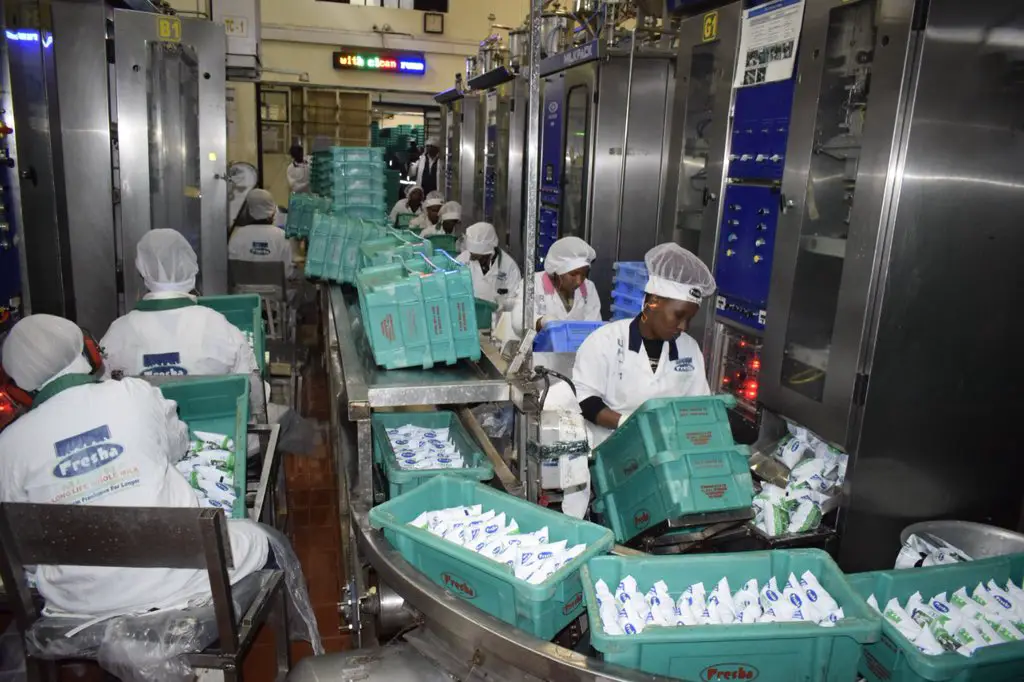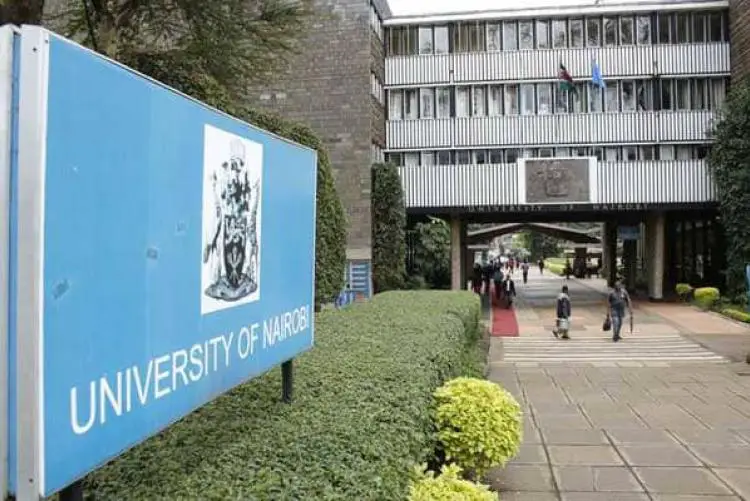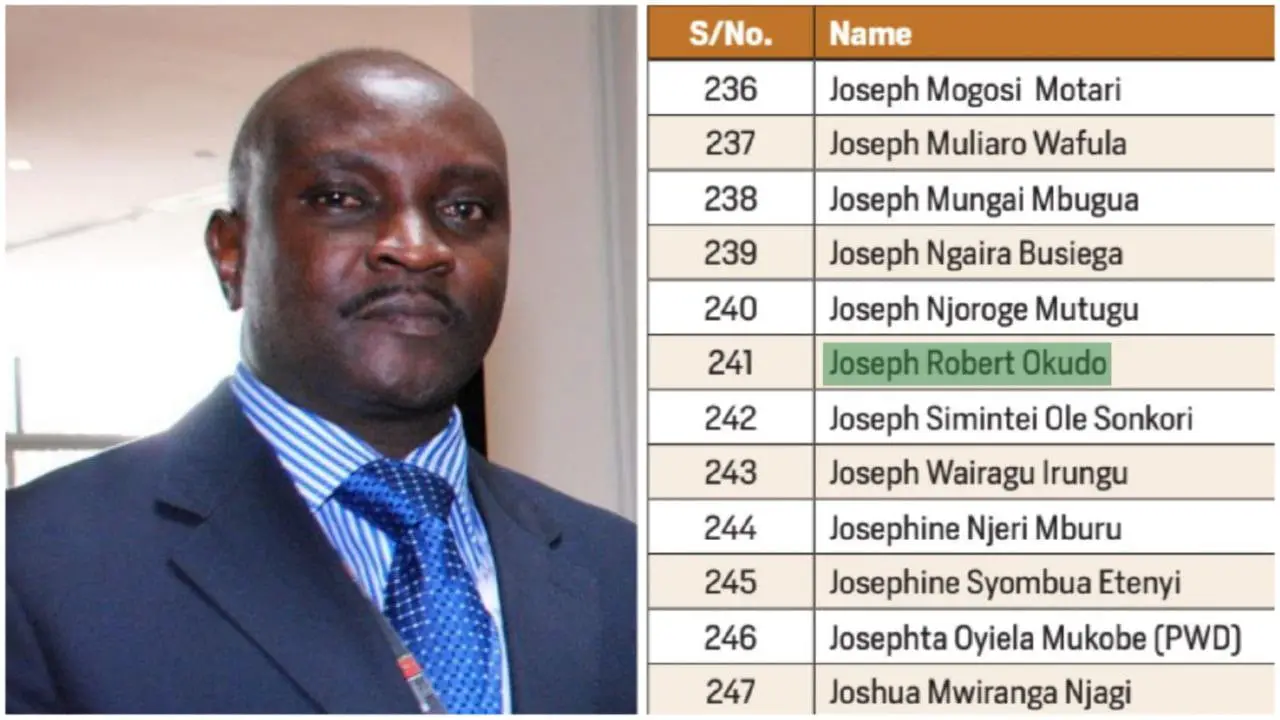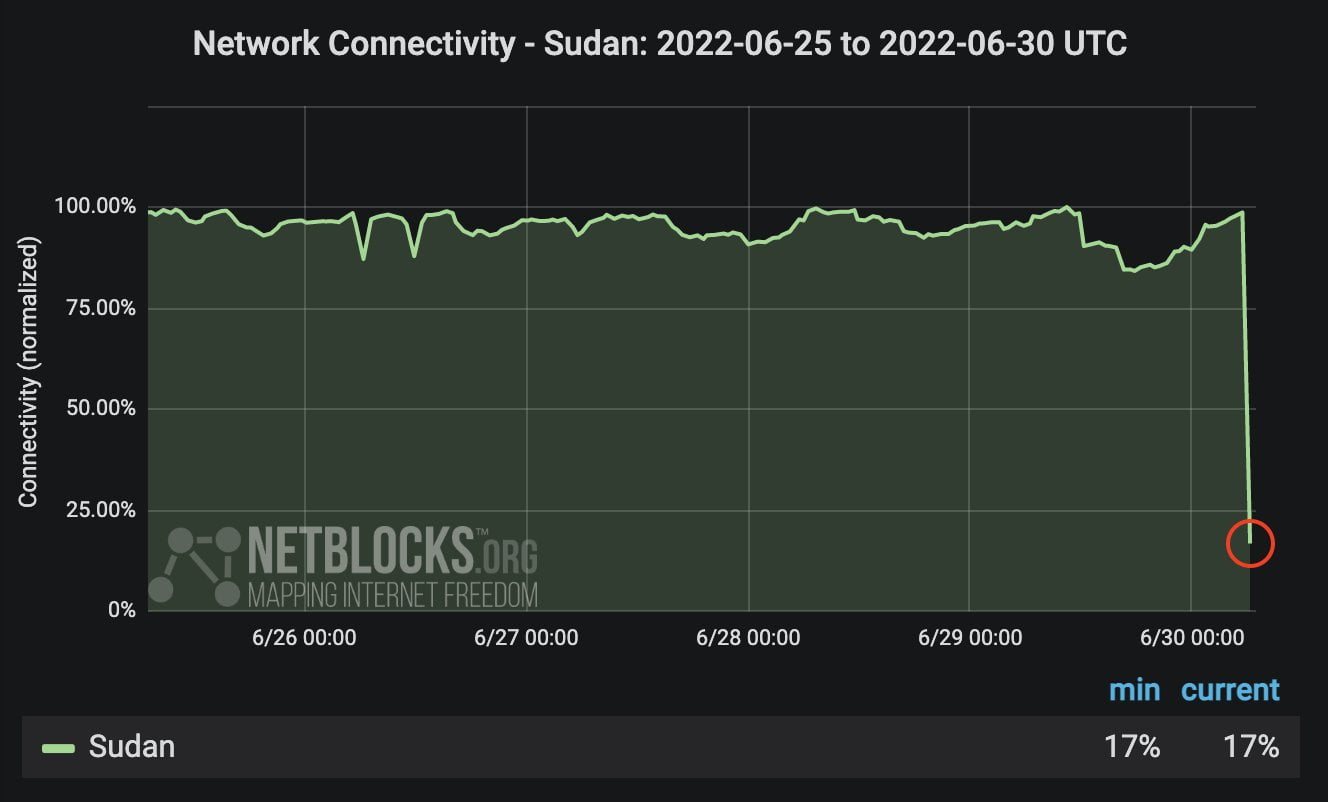[ad_1]
Maasai Mara is green again, so much so that even the Mara river, which hogged the headlines last year for all the worrying reasons — chiefly, its waters were vanishing — is flooding. What is more, the herbivores are spoilt for choice — what with all the edible greenery.
Last year, the Kenya Wildlife Service issued an alert on the increasing cases of human-wildlife conflict in the Mara ecosystem, a global icon famous for its breathtaking wildlife and biodiversity, due to a series of extremely hot climatic conditions that resulted in drought in the park.
“The dry spell in most parts of the country is displacing wildlife from their traditional habitat, as they search for pasture and water,” the alert by KWS specified.
A trans-boundary water resource that flows some 395km from the Mau escarpments watering farmland, through some two of the most important African national parks — the Mara in southwestern Kenya and Serengeti in northern Tanzania, and in the process nourishing over 40,000sq. km of wildlife-dominated lands before reaching Lake Victoria at Musoma Bay in Tanzania, has in the recent years taken a hit from climate change.
According to a May 2019 climate vulnerability assessment done by the United States Agency for International Development (USAid), the climate of the basin is changing; temperatures have risen by 1°C — 1.5°C and rainfall is becoming more erratic.
Compared with 1985–2015, the average temperature of the MRB is expected to increase by 0.7°C — 1.97°C by 2030 and 1.5°C — 2.71°C by 2050, with the most warming during the months of the long rains (March to May).
The river renowned for its role in the annual migration of ungulates between the Maasai Mara and the Serengeti game reserves, has two main perennial tributaries the Amala and the Nyangores Rivers that converge to form River Mara — one of ten drainage basins that feed into the regional lake. The other two tributaries that contribute to this river’s waters are seasonal rivers Talek and Sand River.
Climate change, new socio-economic situations and land use changes in the Mara ecosystem pose significant challenges for water resources management, livelihoods and wildlife, and present as new threats to the sustenance of the status quo.
The USAid study said the fate of the Mara River Basin and the ecosystems will depend on the interplay of population pressure, economic development, urbanisation, land use changes (including deforestation and land degradation) and changes in water quantity and quality.
Since the mid-1970s, experts say, these pressures have caused a 60 per cent decline in wildlife both inside and outside the Mara Reserve.
Human activity like water abstraction upstream of the Mara River, sand harvesting and farming, have been blamed for the deteriorating state of the all-important Mara River that originates in the Mau Forest highlands complex in the Rift Valley of Kenya.
But on the flip-side one of the few silver linings of the horrendous effects of these activities has been groups of community members who have coalesced in efforts to turn the tide on the devastating outcomes, a catastrophe that is unfolding and that experts worry could deal a blow on the entire Mara ecosystem.
Well aware of the numerous maladies that have befallen the ecosystem in recent times, some ordinary men and women living in the environs of the river have taken it upon themselves to look after the river.
The EastAfrican followed some two groups of community members along one of the tributaries — Nyangores River, in the Nyangores catchment, that makes part of the upper course of the Mara River. The members coalesced under what have at the present come to be known as Nyangores Community Forest Association (CFA) and Nyangores Water Resources Users Association (WRUA) are volunteering to be forest and river wardens of the Mara tributaries.
The communities with help from the World Wide Fund for Nature (WWF), have adopted strategies and pathways to maintain biodiversity while at the same time promoting the socioeconomic viability of local communities.
The Nyangores River has its starting point in the hilly Nyangores forest, in Bomet, where numerous springs wind down through the woods to form the channel that flows past three very agriculturally productive counties Bomet, Nakuru and Narok to the Mara.
POIGNANT LESSONS
It is a wet drippy morning and about 8 a.m. when we enter the wild woodlot that is the Nyangores forest. It is dense with vegetation and giant trees. Even though it is drizzling the closed canopy over the woodland provides nature’s umbrella as we descend the slopes of the forest. Then we come across one distinctly gigantic tree — a Kipkoibet — as it is locally known, that stands out among the giant tree ferns.
“The Kipkoibet (angeria), as well as Aonet (Polyscias kikuyuensis) and Seyet (Aibisia Grimifera) are among some of the endangered species in the forest,” explained Mr William Rono, the chairman of Nyangores Community Forest Association (CFA), “they were among the trees targeted by the Rai plywoods which once centred its logging operations and had a lumber-making factory within the forest,” he adds as he points to remnants of the now defunct factory’s concrete foundational structure that still pops out of the ground like a sore thumb in the wilderness.
Kipkoibet is also targeted by bee-keepers who harvest it at its young age to make beehives.
The plywood maker has since vacated the forest. But the network of beaten paths along which the logs were dragged on their way to the factory remain indented in the ground 20 years later, as a poignant reminder of lessons to be drawn.
Forest cover decreased in the Mara River Basin from 20 per cent to approximately seven per cent between 1976 and 2014, with the majority of the decrease attributed to deforestation in the Mau Forest.
Additional forest encroachment is driven by firewood needs for cooking: 92 per cent of households in Bomet and 80 per cent in Narok rely exclusively on firewood.
But up in the Nyangores forest efforts have been scaled up to increase forest cover and reduce deforestation, with routine surveillance inside the forest to ensure no logging or charcoal burning is happening.
BOOBY TRAPS
“The forest is healing and regenerating some of its former foliage and indigenous trees,” says Richard Langat, one of the villagers who volunteers as a community scout at the forest.
He is part of a team of six from the local community who have trudged through the 13,000 hectares that form part of Mau complex to the Southwest in the company of the Kenya Forest Service for the last 12 years.
“We are just ordinary (village folk) from around here who help keep encroachers out of the forest,” he says as he disentangles rolls of wire, he says had been set up as booby traps in the forest by poachers, but that they collected before they could do the damage.
Betty Chemta, another 30-year-old volunteer scout says they do not get paid for the work they do.
Donning her jungle green fatigues and mid-calf boots, Ms Chemta adds, “But we have to do it because this is our home. If we do not protect our environment, who will we have to blame when the forest is gone?”
“We have not been paid a single day of the work we do. The only year we got paid was in 2015 when WWF-Kenya together with Forest Action Network (FAN) gave us a discretionary monthly stipend,” Chemta the only female in the group tells The EastAfrican, as we navigate the treacherous terrain down the hair-raising mountain slope.
The Nyangores sub catchment covers 902 sq. km in the highlands of Kenya’s southern Rift Valley region and sits at the northern boundary to the Mau Forest complex. The Nyangores forest remains one of the largest closed canopy forests thanks in part to the patrols and the Nyayo tea zone that has remained a buffer zone against encroachment that ate up other parts of the Mau complex.
But away from the forest, Nyangores sub-basin, which consists parts of the upper Mara River basin, tells a story of rich fertile soils and climate perfect for agricultural production.
And this according to Paul Ronoh, the team leader of the Nyangores Water Resources Users Association, yet another group of locals many miles from the forest who monitor the river that started up in the forest’s many gullies, is one of the many problems facing the Mara River downstream.
Mr Ronoh says the Mara River is impacted by widespread human activities such as deforestation in the forest and subsequent cultivation of land beginning at the headwaters in the Mau forest complex.
“Ours is an agriculturally endowed region. That is a good thing but it has also affected the river negatively,” explained Mr Ronoh, “farmers have no qualms pumping water from the river to irrigate their farms during the dry spells … which is also the season there is little flow in the river. Hence the stories about there being no water by the time the river gets to the national park.”
Both the CFA and the WRUA are groups comprising of voluntary members hoping to contribute to activities up the channel that can help stop the many problems that assail the river downstream.
The USAid report also showed that half of the approximately 495 springs in the sub catchment are considered vulnerable and compromised, and only 22 have been restored to their original state.
WATER ACT 2002
The Nyangores WRUA is made up of 600 members from the community that have assigned themselves various roles to ensure a healthy flow, monitoring the water quality and river’s general health.
Down the river, at Tenwek Bridge — at one of the two main sites where sampling of the river is done, even before Mr Ronoh wears his special waterproof suit to dip into the river for a good violent stir before scooping out some in a container for testing he says:
“See how muddy the flow is? That tells you we are not doing enough as farmers to prevent runoff of eroded soil from entering the river. Drastic changes are required in the way people in the areas surrounding the river behave”.
Being the rainy season, the waters are murky with sedimentation from farms and there are 12 such sites within the Mara basin.
Mr Ronoh and colleagues will use a number of ingenious tools including a Minisass macro-invertebrate monitoring tool.
“The tool helps generate a score of how healthy the river is depending on the sensitivity or tolerance of whatever species of worms and other small insects we find in the water, to pollution. We also investigate riverbank vegetation cover exist in and around the river.”
“We conduct a lot of activities, among them, measuring the river every season, talking to our fellow community members about the state of the river, the cumulative impact of human activities within the environs of the river that could be choking the river, how to use the resource in a sustainable way and what we must do to keep the river in the best state possible,” said John Koech one of the community members.
He adds, “We were fortunate since organising ourselves into a formal group with the coming into being of the 2002 Water Act from parliament that entrenched the element of community engagement conferring management and conservation of water resources to WRUAS. We have been trained by WFF about what constitutes a healthy riverbed and what must be done to keep a healthy flow.”
They started river management in 2012 but started doing the river health assessment in 2017, after a core group of members referred to as ‘trained citizen scientists’ were trained on how to use some simple kits to measure the health of the river. They look at among other things the biota health, water quality health including water PH, temperature, oxygen levels and clarity, as well as community perception of how the river is doing.
In total there are 24 WRUAS in the Mara River basin formerly known as the Mara River Water Resource Users Association from the source to the border with Tanzania, managing 13,000 sq. km of the sub-catchment.
“We are backed by an expert team from the Ministry of the Water Resources with whom we share the river health assessment results every three months. They are also charged with measuring other parameters that we cannot measure on our own. But we report when we suspect something that is beyond our purview within the catchment,” said Mr Ronoh.
He says once they have tested the water they often get an opportunity on local radios to report back to local citizens, where they also encourage farmers to adopt conservation agriculture like minimal tillage, terracing, mulching and the use of cover crops along streams, to reduce sediment loads.
“Our activities have included,” explains Mr Ronoh.
Indeed, we witness that along the river channel, there are motor vehicles being washed and farmers who have not yet erected buffers.
Well, none of these efforts will singularly fix the environmental catastrophe that is unfolding at the Mara-Serengeti ecosystem.
However, these local environmentalists’ hope is that through their actions they can help keep the Mara River flowing all year round, and in turn keep the wildlife in the parks.
[ad_2]
Source link

















































